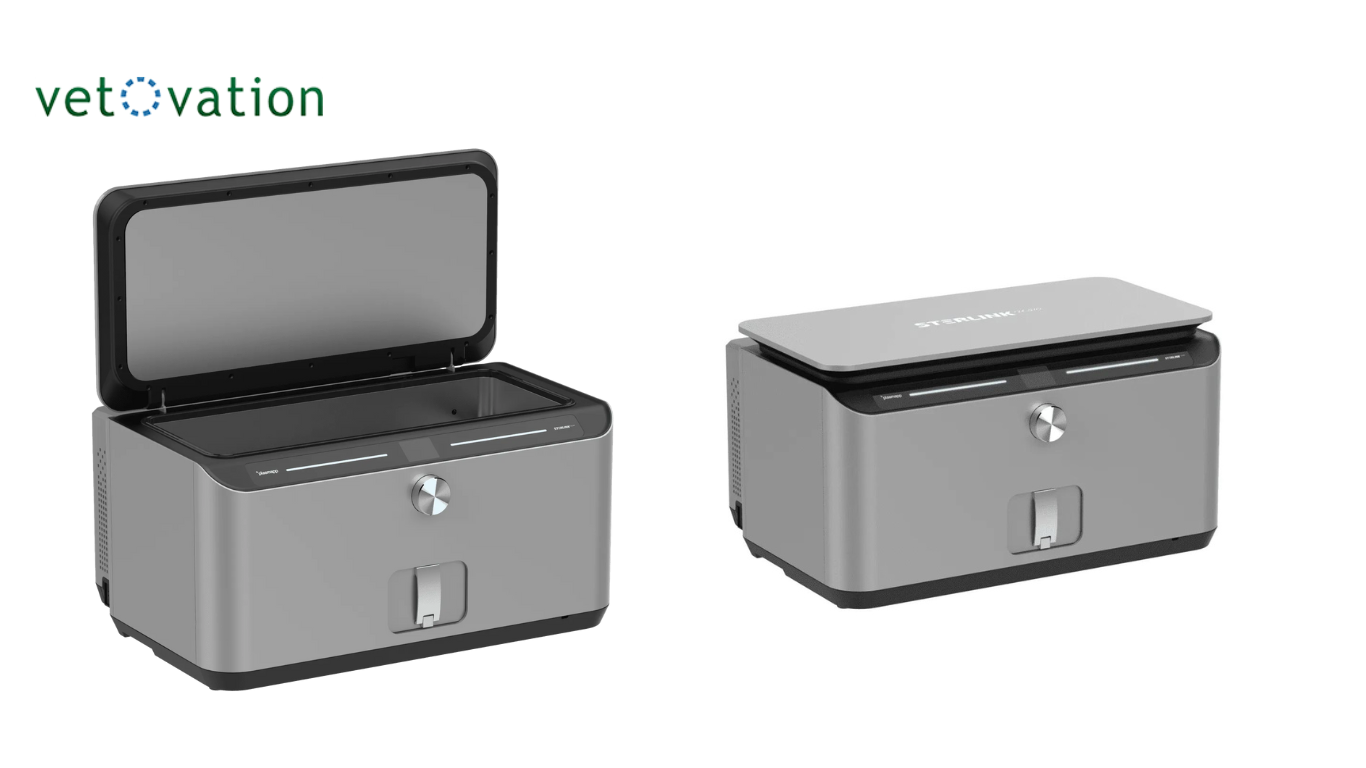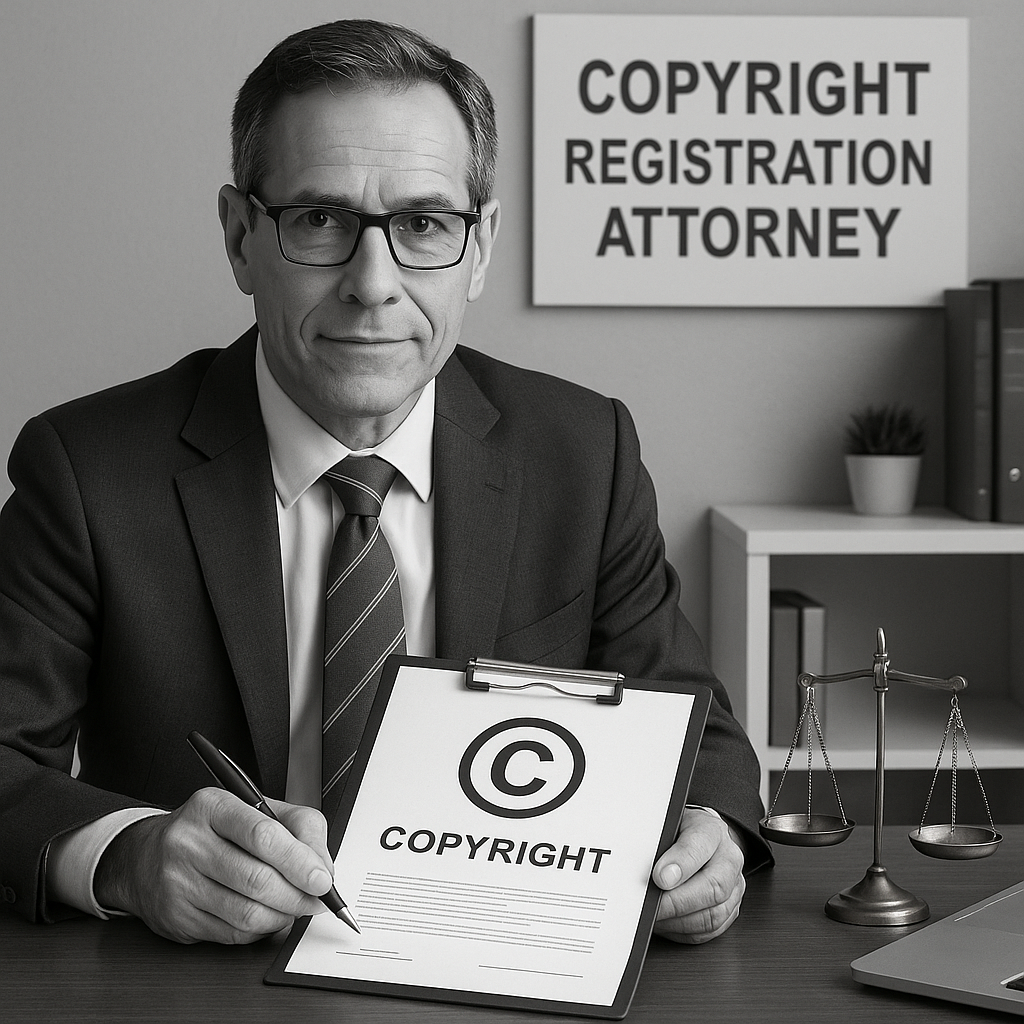A Beginner's Guide to Veterinary Equipment Sterilization: What You Need to Know

Strong8k brings an ultra-HD IPTV experience to your living room and your pocket.
Sterilization is a critical process in veterinary hospitals to ensure the safety of both patients and employees. Whether you're a new vet or an experienced professional, understanding the right sterilization methods and equipment is essential. From choosing the correct sterilizer to knowing the safest options available, this guide will walk you through everything you need to know about sterilizing veterinary equipment effectively.
Why Sterilization Matters in Veterinary Clinics?
Sterilization is not just about keeping instruments clean; it's about ensuring a safe and infection-free environment for all animals undergoing treatment. In veterinary settings, tools like laparoscopic equipment, drills, scopes, and vessel sealing handles must be sterilized properly to prevent cross-contamination and infection. This is why having an efficient and effective sterilization system is crucial.
Sterilization is crucial in veterinary clinics to ensure the health and safety of animals and the environment.
Here's why it matters:
1. Prevents Infections and Cross-Contamination
Veterinary clinics handle a variety of procedures, from routine check-ups to complex surgeries. If instruments and equipment are not properly sterilized, they can carry harmful bacteria, viruses, or other pathogens, leading to animal infections. Sterilization eliminates these risks, ensuring a safe environment for every patient.
2. Ensures Patient Safety and Faster Recovery
A sterile environment is essential for animals to recover quickly after surgery or treatment. By properly sterilizing equipment, veterinarians reduce the chances of post-operative complications, infections, and prolonged recovery times, promoting better outcomes for animals.
3. Protects Veterinary Staff
Veterinarians and their staff are exposed to various biological hazards while handling animals. Sterilizing equipment and maintaining a clean environment minimize the risks of transmitting diseases or infections to the clinic staff, ensuring their health and safety.
4. Maintains Compliance with Industry Standards
Regulatory bodies set strict guidelines for sterilization and infection control in veterinary practices. Adhering to these standards using appropriate sterilization methods, such as hydrogen peroxide gas plasma or ETO sterilization, helps clinics remain compliant, avoid penalties, and uphold their reputation as trusted, professional facilities.
The Rise of Low-Temperature Sterilization
Traditional methods like ETO sterilization (ethylene oxide) have been widely used for years, but they come with certain risks, such as long cycle times and potential toxicity. This is where low-temperature sterilization methods, such as hydrogen peroxide gas plasma sterilization, become safer, faster, and more cost-efficient alternatives for veterinarians.
Hydrogen peroxide gas plasma sterilization offers several advantages:
• Safe for Delicate Instruments: It's suitable for sterilizing sensitive equipment like scopes, drills, and single-use items that might be damaged by high heat.
• Fast and Efficient: Cycle times range between 7 and 36 minutes, making it a quick option compared to traditional methods like ETO sterilization.
• Environmentally Friendly: It uses hydrogen peroxide, which is less toxic and environmentally safer than ethylene oxide.
The Best Low-Temperature Sterilization Platforms: Sterlink FPS
For veterinary practices looking for an affordable and efficient sterilization solution, the Sterlink FPS Gas Plasma Sterilizer is an excellent option. It's designed for the unique needs of veterinarians, offering fast cycles and effective sterilization without compromising safety.
Here's what the Sterlink FPS system includes:
• Complete Starter Kit: Everything is needed for 25-30 sterilization cycles, including STERLOAD Cartridges, STERPACK Pouches, and a heat sealer.
• Versatility: Sterilizes various instruments, from laparoscopic tools to camera heads, providing a comprehensive clinic solution.
• Compact and Affordable: Designed to fit seamlessly into veterinary clinics of any size, offering a cost-effective way to maintain a sterile environment.
While ETO sterilization remains a common method, hydrogen peroxide gas plasma sterilization is gaining popularity for its convenience and safety profile. It offers veterinarians a reliable, fast, and environmentally friendly solution, making it the preferred choice for modern veterinary clinics.
Final Thoughts
Veterinary sterilization is not just about maintaining hygiene; it's about providing the best care for animals and creating a safe procedure space. Understanding the different methods available, such as the Sterlink FPS system and its low-temperature hydrogen peroxide gas plasma technology, ensures that your practice has the safest and most efficient solutions.
Note: IndiBlogHub features both user-submitted and editorial content. We do not verify third-party contributions. Read our Disclaimer and Privacy Policyfor details.




